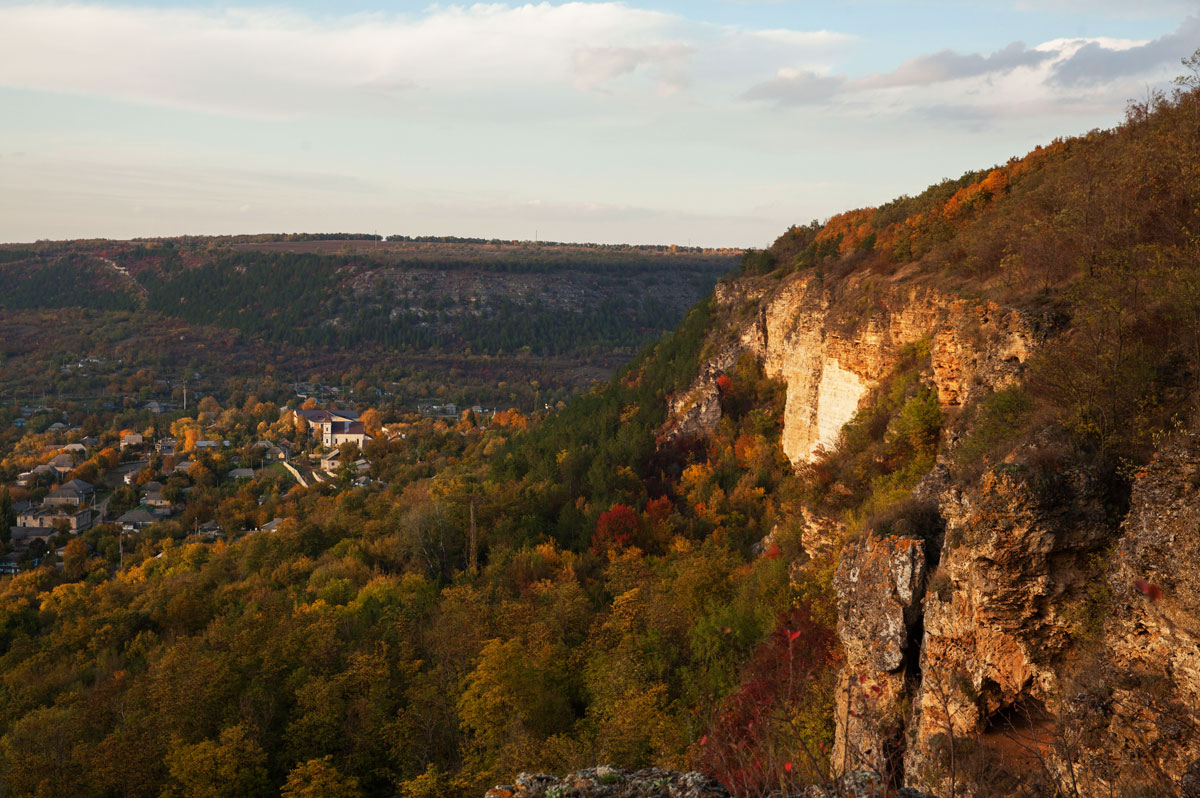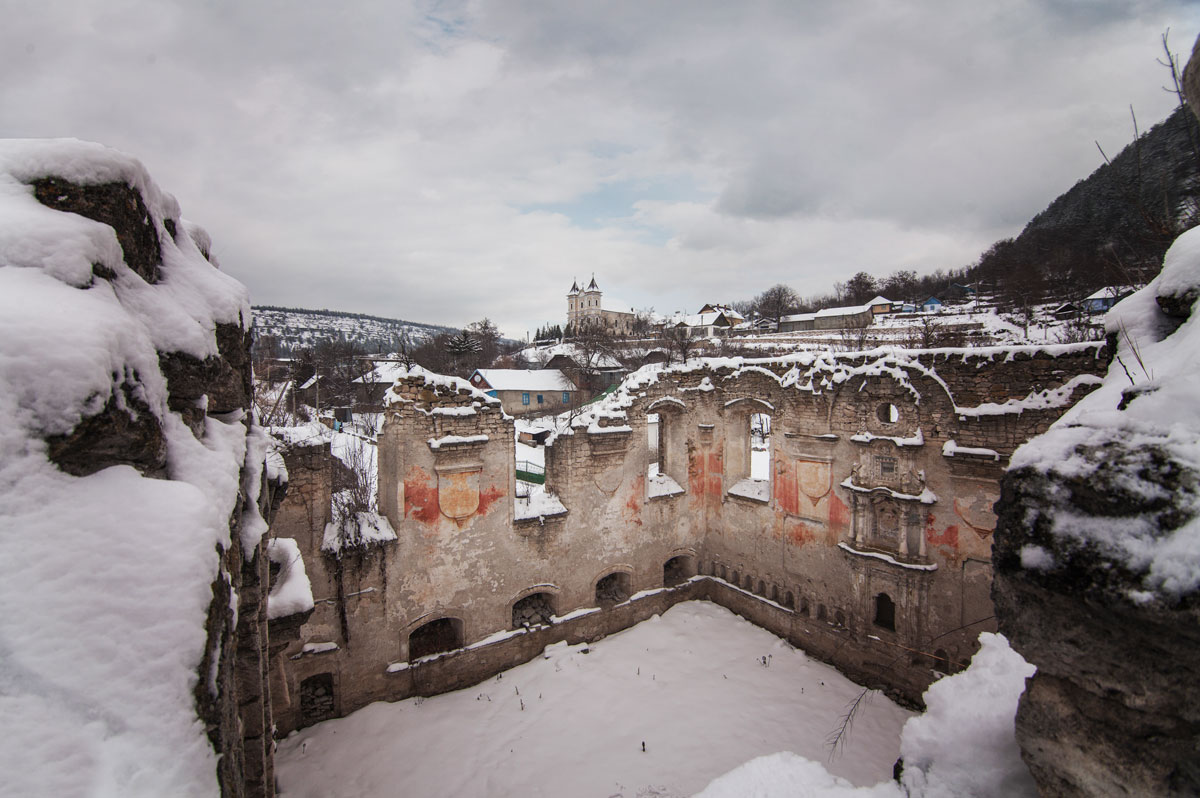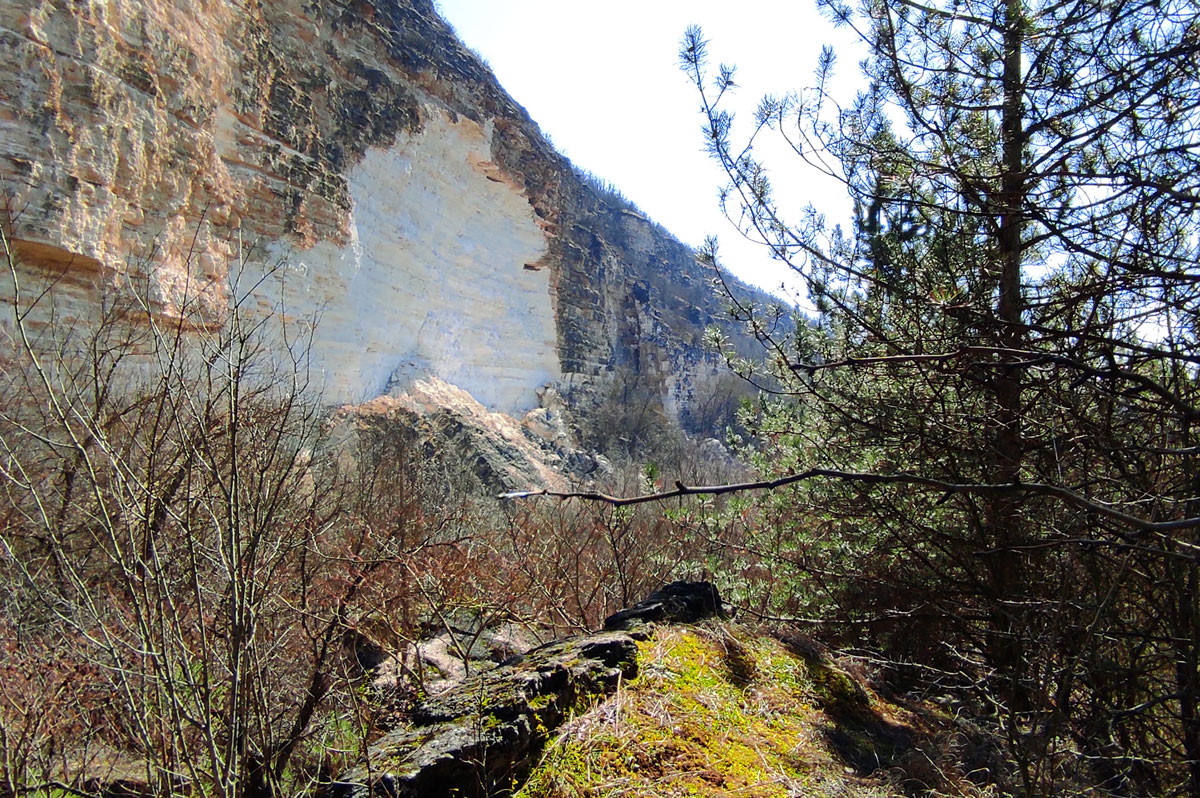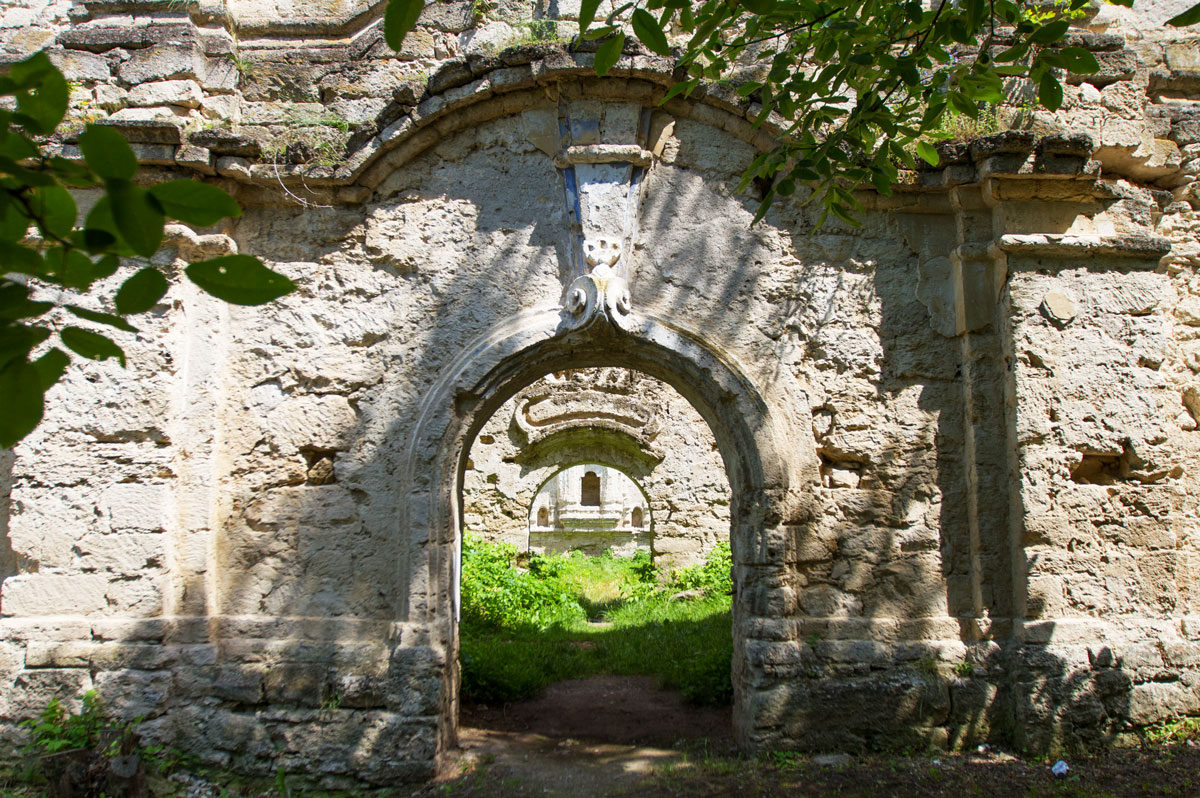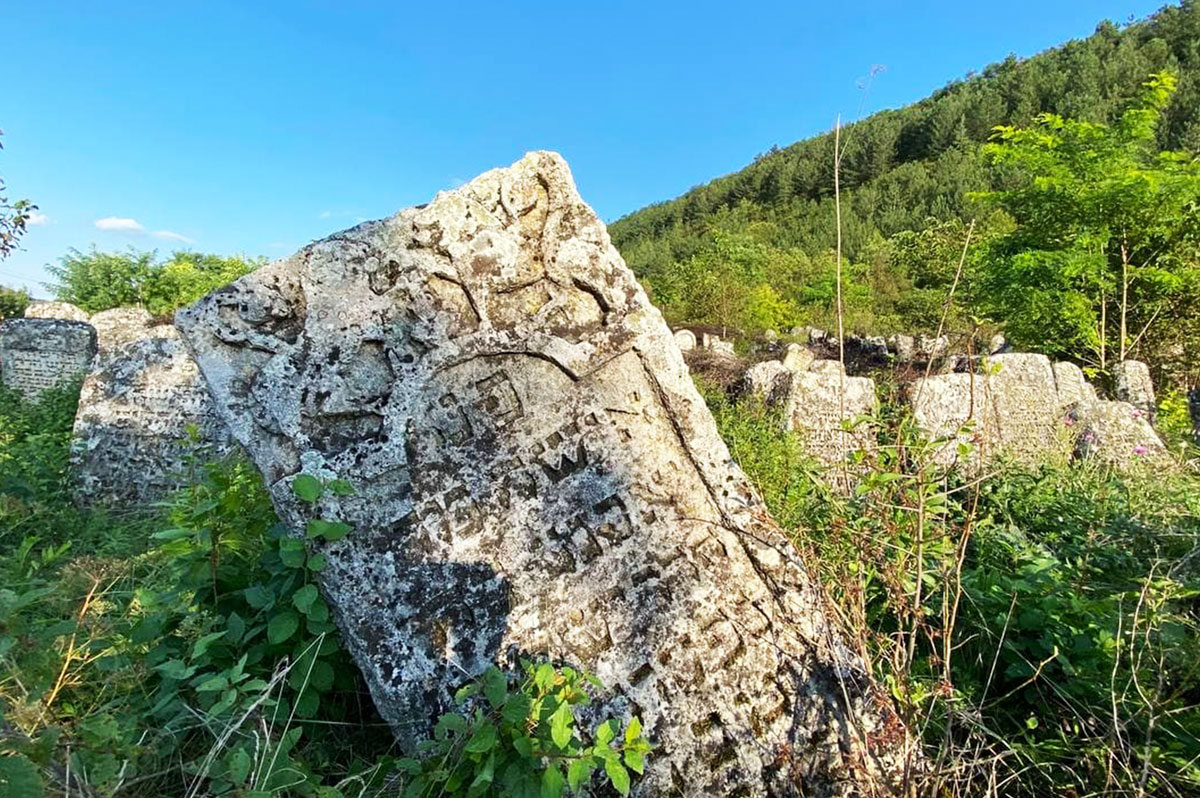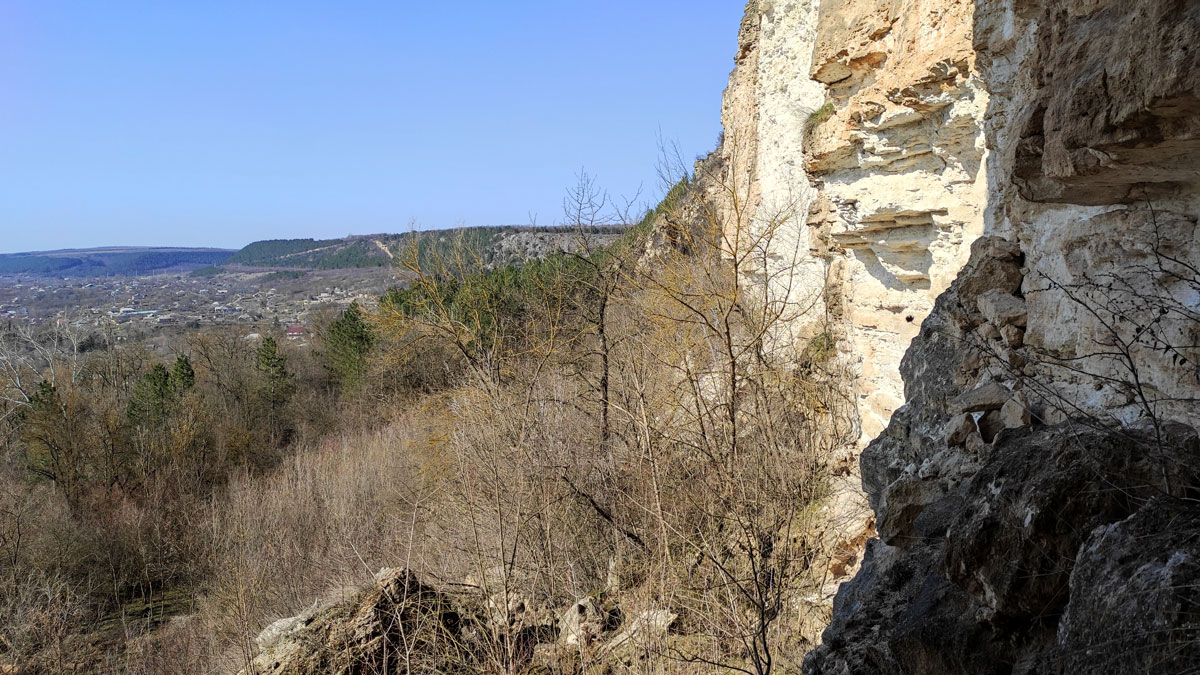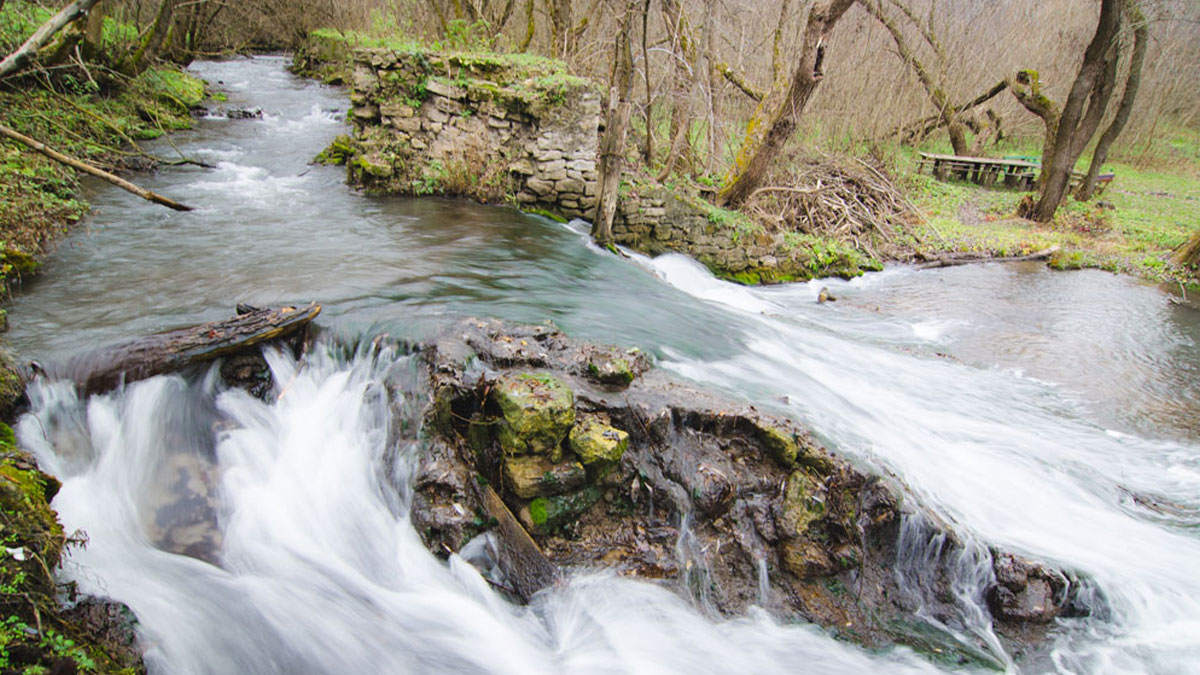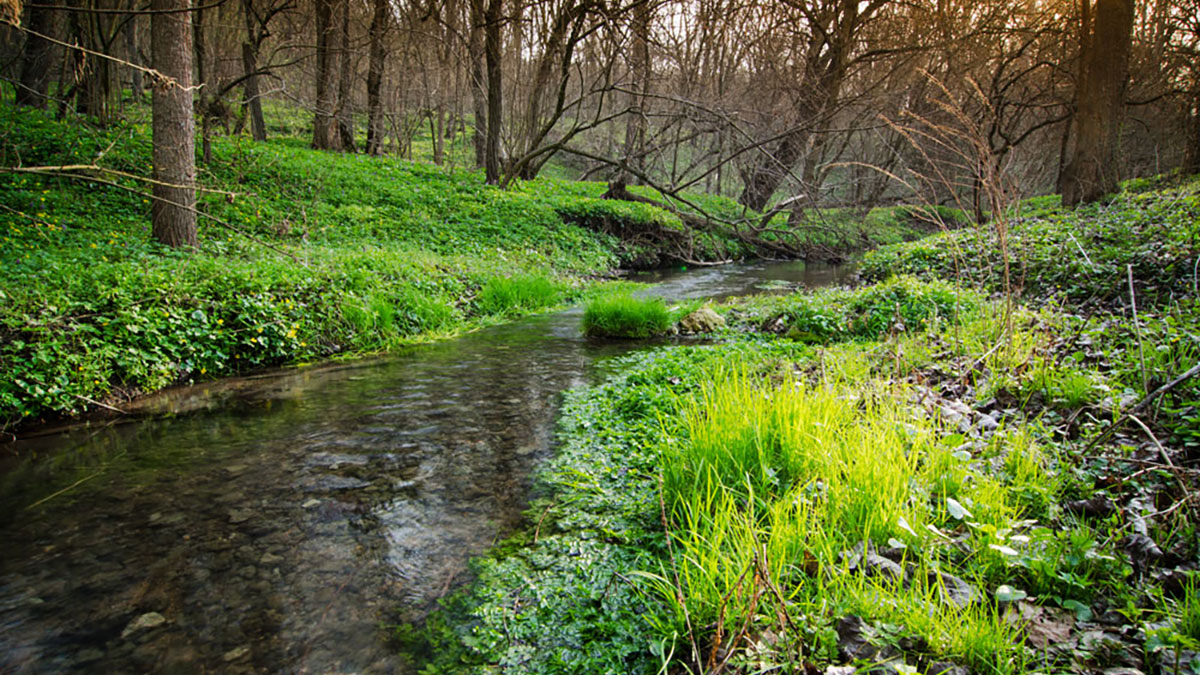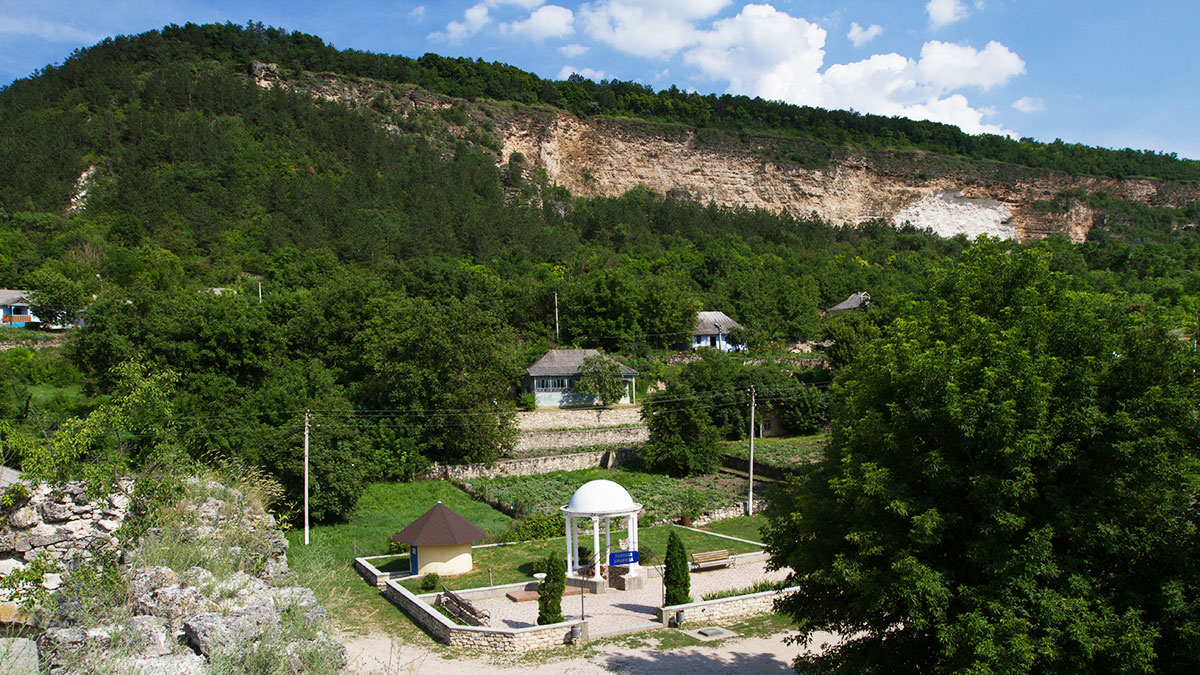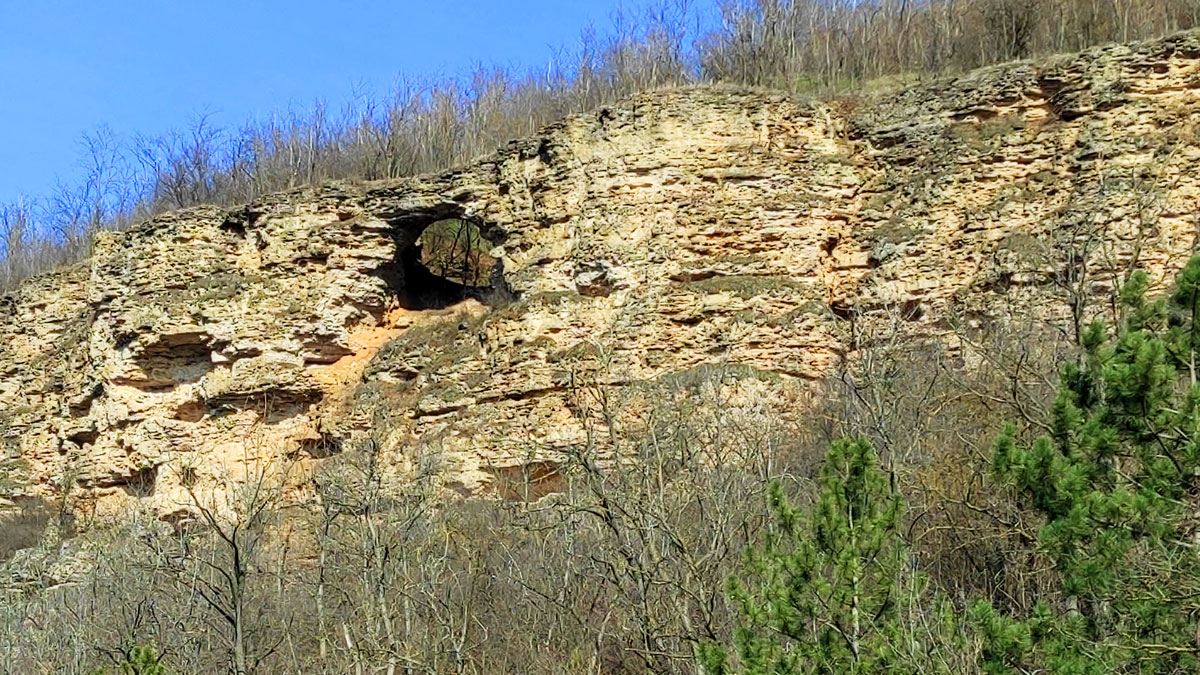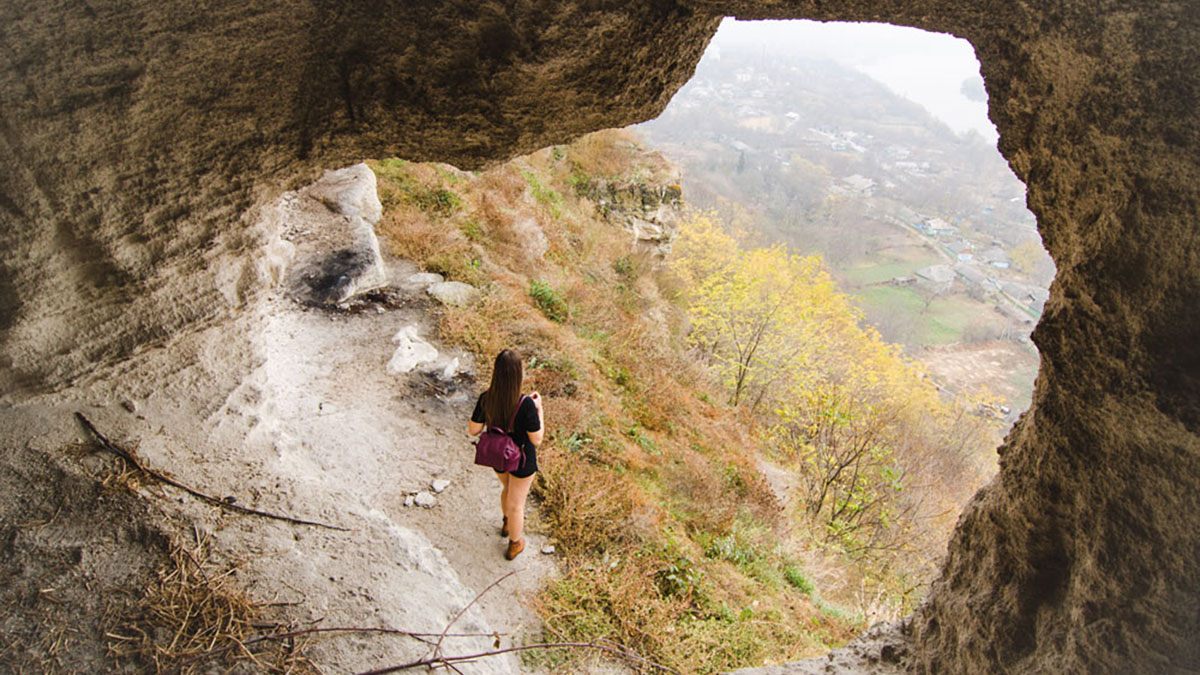Rashkov in Pridnestrovie
Rashkov is the oldest settlement on the left bank of the Dniester in Pridnestrovie. Its history goes back many centuries.
Many archaeological excavations were carried out here. Research has shown that people chose this picturesque region in ancient times, from 10 to 40 thousand years ago.
There are remote corners of the World where time seems to have stood still. The ancient ruins and picturesque valleys there invite contemplation. Every pebble and path keeps its secrets.
One of these places is the village of Rashkov - a real open-air museum.
Location of Rashkov
Rashkov is located in a picturesque location on the rocky banks of the Dniester River.
The Dniester winds in this place, forming a bend. All this together - rocks, river - forms an unusual landscape. It is no coincidence that Rashkov is called “little Switzerland”.
A completely sheer cliff rises above the village. At sunset, it can take on completely different shades of red - from soft pink to crimson. In several places forests approach the village. Nature has not deprived this place of beauty.
Rashkov was not always a village. Once upon a time, 400 years ago, there was a large city here. With houses, streets, temples, there was even a fortress - at the foot of which the city arose.
Rashkov on the map
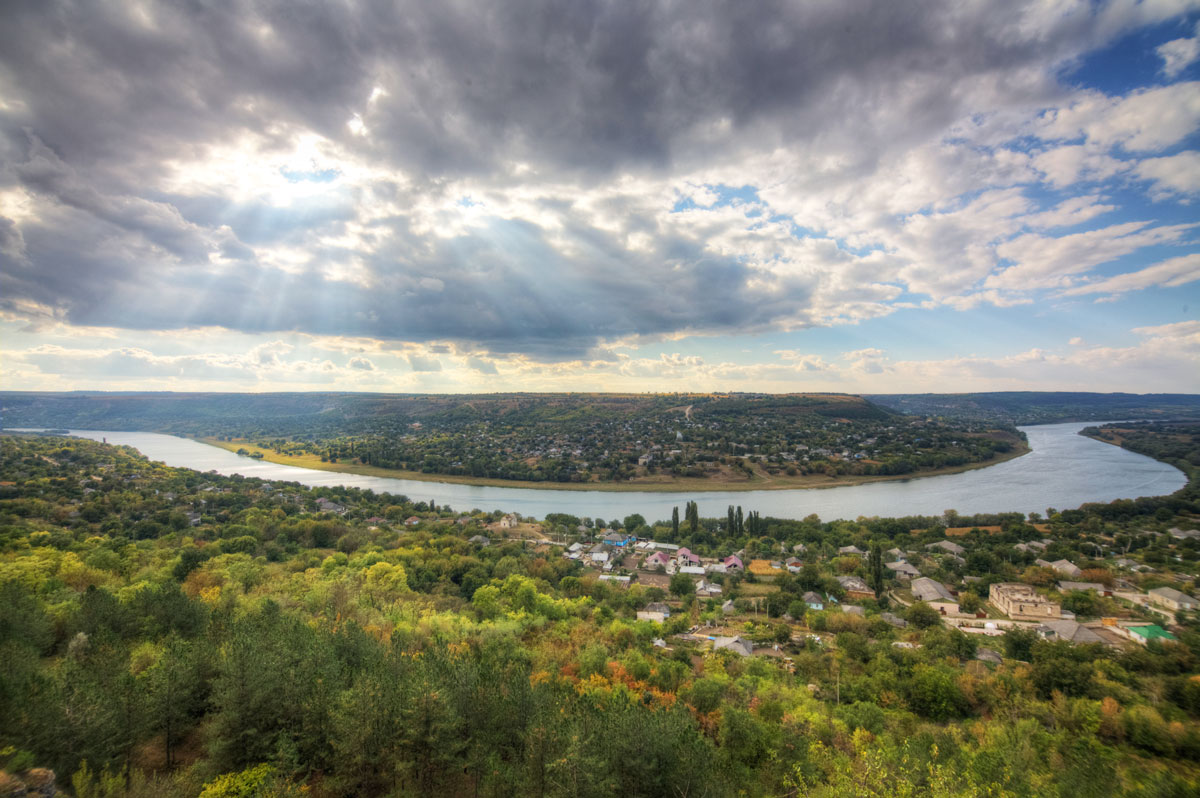
Nature of Rashkov
The nature of Rashkov is the quintessence of the bizarre pattern of Life of the main water artery of the region - the Dniester River.
The most complete picture of the natural complex of Rashkov can be gained by going to this wonderful place in the spring-autumn period.
The natural complex of Rashkov is interesting due to the abundance of springs and small rivers on both banks, which form a green labyrinth extending tens of kilometers from the Dniester bed through deep valleys. The most notable objects in the Rashkovo complex are the natural landscapes “Rashkovo Geological Complex” and “Valea-Adynke”. At the regional level they have the status of a landscape reserve.
From the right bank of the Dniester there is a view of the Rashkovsky geological complex. In the south-eastern part of Rashkov, on the hill of the Red Mountain tract, there is a rock with the same name.
The limestone rocks that compose it are heavily karstified, and therefore it is subject to frequent landslides and landslides. The western part of this rock, called the “Rashkovsky complex,” is taken under state protection. There are several karst sinkholes, from which a huge gap originates - 5 meters wide and 50 meters deep. The gap stretches for 570 meters and ends with a forty-meter gap. This sinkhole formed on July 14, 1941, after heavy rain that lasted for several hours. Since the entire rock is penetrated by cavities of karst caves, wells and cracks, the waters that entered them washed away and pushed away part of the limestone body, and the added weight completed the process of rock subsidence. Five houses standing on the outskirts of the village, closer to the bank of the Dniester and the cliff, fell through. Six more houses collapsed due to the deformation of the earth's surface, but some of the residents managed to run out and escape.
As you climb the path to the sinkhole, you pass by bizarre sculptural groups carved into the limestone by winds and water: camel heads, sphinxes, mushrooms, tables surround the narrow path. Above these formations a natural bridge is visible. This is a layer of dense limestone, under which groundwater has dissolved and washed out a large tunnel.
In 1963, a group of speleologists descended into the gap and walked about 250 meters along its bottom, strewn with stones and in places covered with red-brown clay. There was ice and snow in the many side branches of the crack. These accumulations of snow and ice feed the high-water spring “Panska Krinitsya”, which is located lower in the village.
In the vicinity of Rashkov there are three protected areas: “Deep Valley”, “Bugornya” and “Valya-Adynke”.
The main feature of the landscape "Deep valley" is a gorge 150–180 meters deep with very steep slopes. The valley seems to meander among the reef outcrops. At every turn, the convex slope of limestones of the Volynian and Bessarabian substages forms bizarre weathering forms. The valley, despite its considerable length, is a typical dry valley, that is, there is no channel in it, and the water coming out from numerous springs is lost.
These tracts are one of the most picturesque and biologically diverse forests of the left bank of Transnistria.
Old hornbeam oak forests, located in ravines and along limestone slopes, have in many places retained their original appearance. Large streams flow along the bottom of the beams. The tracts have the status of landscape reserves; in the future they are considered as the core
National Park.
Natural landscape "Valya-Adynke" represented by a rocky valley of the left tributary of the Dniester, which bears the same name. In the valley, thick layers of Sarmatian limestone have been exposed, in which caves, grottoes, funnels gape, and other manifestations of karst processes are visible. The side gorges opening to the right of the village are very picturesque. Valea-Adynca: Holovaty Mlin, Macedonian Mlyn and Konyukhovsky Mlyn. “Mlin” means “mill”, since water mills once stood in these gorges.
The flora of the Glubokaya Dolina and Bugornya tracts includes about 500 species of higher plants.
The basis of the tree stand is pedunculate oak; there is also a great abundance of hornbeam, common ash and other tree species. The undergrowth includes hazel, dogwood, pride viburnum, European and warty euonymus, and hawthorn. The limestone slopes are covered with plantings of Pallas and Scots pines; mackerel, barberry and other shrubs grow.
In areas free of trees and shrubs, steppe vegetation is preserved. Many regionally rare plant species grow in the tracts, including ferns, bluebells, snowdrops, wood anemone, feathery feather grass, etc.
The Valya-Adynke forest, which almost completely covers the slopes and bottom of the valley, is represented by an oak forest of pedunculate and sessile oak with an admixture of ash, linden, hornbeam and maples. Among the exposed rocks there are single Magaleb cherry trees.
As if coming from a fairy tale, tall 80-100-year-old oak trees stand surrounded by bushes and dogwood trees, thin trunks of young maples and an elderly wild pear.
The rich undergrowth turns the landscape crimson in autumn. The red leaves of the skumpia frame grayish or rusty blocks of dense limestone, and on the cliffs the leaves of the barberry turn pink, and the golden-yellow openwork crown of the maple shines. On both sides of the path meandering along the slope, carnations, bluebells, cornflowers, chicory grow, and strawberry lawns flicker.
In the “Deep Valley” and “Bugornya” tracts there are about 100 species of birds, of which over 50 species nest. The most typical are: chaffinch, robin, blackbird and songbird, gray flycatcher, great tit, starling, black-headed warbler, nuthatch, greenfinch, grosbeak, blue tit, warbler, long-tailed tit, marsh chickadee, whirligig, wood pigeon.
A large number of old trees leads to a high abundance of woodpeckers. During migrations, many rare birds can be seen in the tracts. The winter fauna includes over 35 species of birds, the predominant ones being: grosbeak, marsh chickadee, great tit, fieldfare, common bunting, yellow-headed wren, nuthatch, great spotted woodpecker, jay, etc.
In the niches of “Red Mountain” and in the cracks of the cliff, black redstart, raven, hoopoe, and tree sparrow nest.
Among the mammals in the tracts you can find wild boar, roe deer, fox, squirrel, and brown hare. Badgers are also found here. Rare amphibians and reptiles live in the tracts: quick frog, spindle frog, copperhead, yellow-bellied snake.
Truly this amazing region with unique landscapes and protected nature is a place worthy of visiting and contemplating its natural beauty. This is a place of immersion and filling with energy of inner peace and mental peace. Eldorado of the Dniester region!





